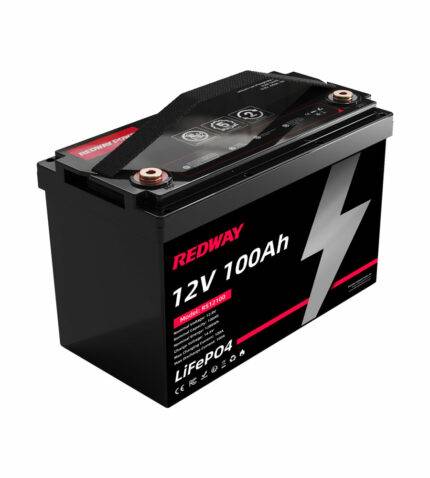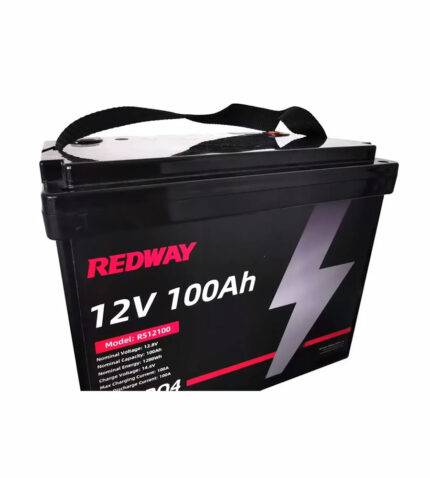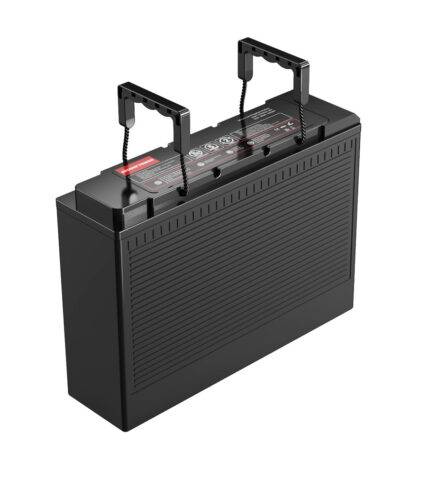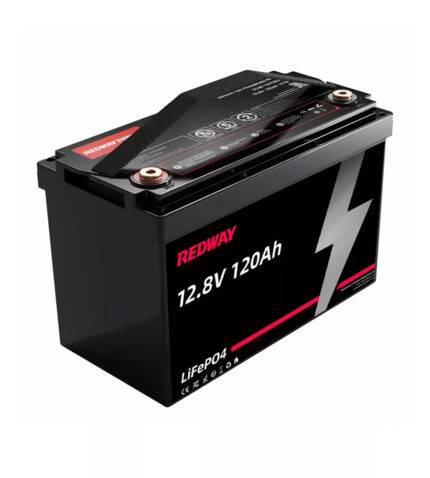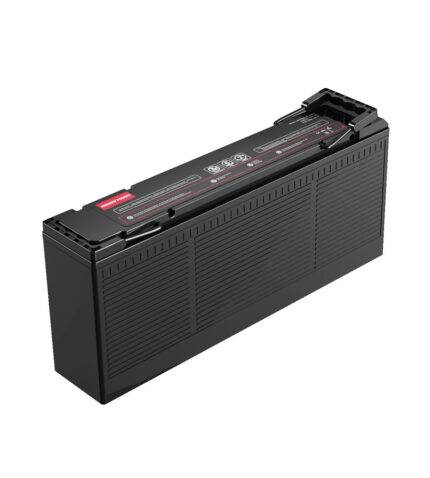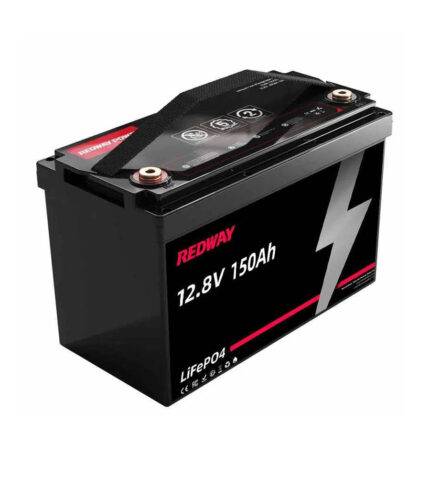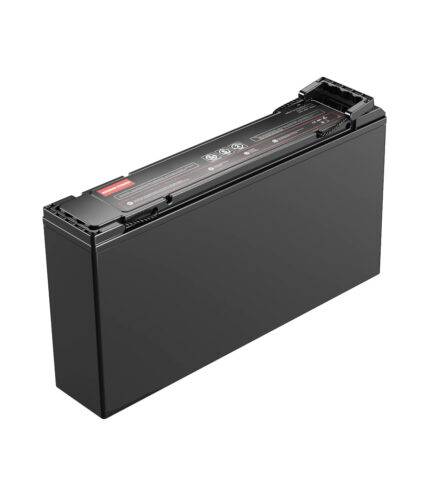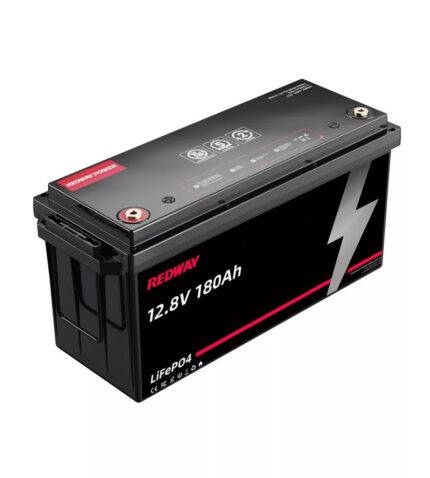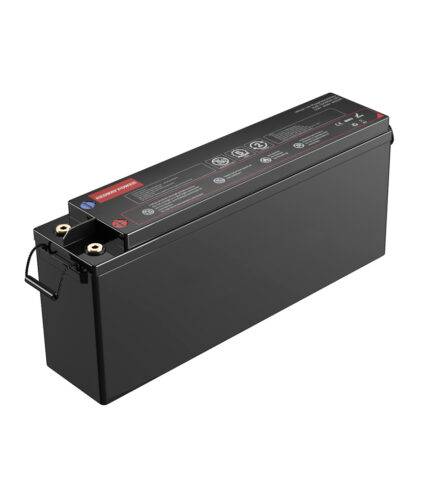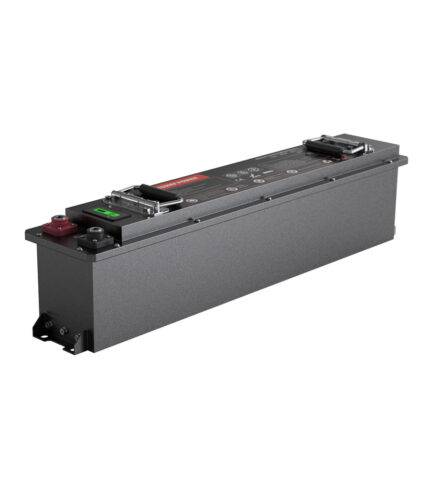12V Lithium Battery
- All products
- 96V Lithium Battery1 product
Best-OEM12 products
- 12V Lithium Battery18 products
- 24V Lithium Battery14 products
- 36V Lithium Battery6 products
- 48V Lithium Battery18 products
- 60V Lithium Battery8 products
- 72V Lithium Battery4 products
- PowerWall8 products
- Home ESS3 products
- eBike Lithium Battery1 product
- Lithium Battery Module19 products
- 217005 products
Redway Power is a leading manufacturer wholesaler specializing in 12V LiFePO4 lithium batteries. Renowned for their top-tier performance and reliability, Redway Power’s batteries redefine power storage standards. Their superior technology ensures efficient and sustainable energy solutions for various applications, making them a trusted choice in the industry.
12V Lithium Battery FAQs
OEM stands for Original Equipment Manufacturer. It refers to the company that makes the battery components or the whole battery system. OEM batteries are often the original ones that come with a device. They’re designed to fit perfectly and maintain the same quality as the original. Knowing if a battery is OEM or aftermarket helps ensure compatibility and quality.
Let’s break it down:
What is OEM? OEM stands for Original Equipment Manufacturer. It means the company that makes the battery components or the entire battery system. OEM batteries are the original ones that come with a device. They’re designed to fit perfectly and maintain the same quality as the original.
Difference between OEM and Aftermarket: OEM batteries are made by the original manufacturer, ensuring quality and compatibility. Aftermarket batteries, on the other hand, are made by third-party companies and may vary in quality. OEM batteries are often recommended for replacements because they maintain the device’s original performance and safety features.
Why it Matters: Knowing whether a battery is OEM or aftermarket is important for quality and compatibility. OEM batteries ensure that your device performs optimally and safely. They may cost more than aftermarket batteries, but they provide peace of mind knowing that they’re designed specifically for your device.
In summary, OEM batteries are the original ones made by the manufacturer, while aftermarket batteries are made by third-party companies. Choosing OEM ensures quality and compatibility, which is crucial for the performance and safety of your device.
Leaving a 12V LiFePO4 battery on the charger is generally safe, but consider these tips: 1. Use a smart charger designed for LiFePO4 batteries. 2. Avoid prolonged overcharging to prevent damage. 3. Balance the battery periodically for optimal performance. 4. Use a charger with a storage mode for long-term charging. 5. Keep the battery away from extreme temperatures.
When you leave a 12V LiFePO4 battery on the charger, it’s generally okay, but there are things to watch out for:
Smart Chargers: These chargers are like little helpers that keep an eye on the battery and adjust the charging to keep it safe. If you’ve got one, it’s less likely to cause problems.
Overcharging: Too much charging isn’t good for any battery. It can make them wear out faster. So, it’s best to unplug the charger once the battery is full.
Balancing: Sometimes, LiFePO4 batteries need a bit of balancing to make sure they’re all at the same level. This helps them last longer and work better.
Storage Mode: If you’re not using the battery for a while, there are chargers that have a special mode to keep it in good shape without overcharging.
Temperature: Extreme temperatures, like super hot or freezing cold, aren’t good for batteries. So, try to keep your battery and charger in a comfy environment.
Remember, keeping an eye on these things can help your battery stay healthy for longer!
When a 12-volt lithium-ion battery is fully charged, it typically reads between 14.5 and 14.9 volts. This voltage indicates that the battery has reached its maximum capacity for delivering power. Keep in mind that specific models may vary slightly in their voltage readings. For more details, consult the battery manufacturer’s specifications.
Understanding the voltage of a fully charged 12-volt lithium-ion battery is essential for knowing its power capacity. Here’s a breakdown:
Voltage Reading: When a 12-volt lithium-ion battery is fully charged, it typically shows a voltage reading between 14.5 and 14.9 volts on a voltmeter.
Maximum Capacity: This voltage range indicates that the battery has reached its maximum capacity for delivering power, ensuring optimal performance.
Manufacturer Variance: However, it’s essential to note that specific battery models may have slightly different voltage readings, so consulting the manufacturer’s specifications is recommended for accuracy.
LiFePO4 batteries have minimal self-discharge, making them suitable for long-term storage. Unlike some batteries, they retain most of their charge even when idle. Here’s why: 1. Chemistry: LiFePO4 uses stable materials, reducing energy loss. 2. Self-Discharge Rate: Only about 2% per month, preserving charge. 3. Storage Tips: Keep them cool and partially charged for longevity.
Low Self-Discharge: LiFePO4 batteries have a superpower when it comes to holding onto their charge, even when they’re not in use. That means if you charge them up and then leave them on the shelf for a while, they won’t lose much power.
Chemical Magic: It’s all thanks to their special chemistry. LiFePO4 batteries use materials that keep their energy locked in tight, so they don’t leak power like some other batteries do.
Storage Secrets: To keep LiFePO4 batteries in top shape, store them in a cool place and give them a partial charge. That way, they’ll be ready to power up your gadgets whenever you need them, without losing their energy along the way.
So, if you’ve got LiFePO4 batteries, you can count on them to hold onto their charge like a champ, ready to power up your devices whenever you need them!
LiFePO4 batteries, unlike other lithium batteries, don’t need ventilation as they’re safer and produce fewer gases. This is due to their stable chemistry and built-in safety features like thermal runaway prevention. While ventilation isn’t typically required, it might be necessary in specific high-demand applications for added safety. Overall, LiFePO4 batteries are reliable for various uses.
When it comes to LiFePO4 batteries, ventilation isn’t a concern like with other types of lithium batteries. Here’s why:
Safety Features: LiFePO4 batteries have a sturdy chemical structure that makes them safer. They’re less likely to overheat or produce harmful gases during use.
Built-in Protection: These batteries come with features like thermal runaway prevention and gas release valves. These safeguards further ensure safety during operation.
Application Flexibility: While some scenarios might require ventilation for added safety, LiFePO4 batteries are generally safe for various uses, from RVs to off-grid energy storage systems.
Overall, LiFePO4 batteries offer reliable performance without the need for ventilation, making them a popular choice for many applications.
Fully discharging a 12V LiFePO4 battery is safe and doesn’t harm its lifespan. These batteries can handle being discharged completely without significant damage. They consist of four 3.2V cells wired together. While it’s okay to fully discharge them, stopping at around 20-30% capacity can prolong their longevity. Always follow the manufacturer’s recommendations for best practices.
Let’s simplify the concept of fully discharging a 12V LiFePO4 battery:
Battery Safety: Fully discharging a 12V LiFePO4 battery is generally safe and won’t cause significant harm. These batteries are designed to handle deep discharges without damaging their lifespan.
Battery Composition: A 12V LiFePO4 battery is made up of four individual cells, each with a voltage of 3.2V. When fully charged, the battery voltage is around 14.6V, and when fully discharged, it drops to about 10V.
Longevity Consideration: While LiFePO4 batteries can be fully discharged without major consequences, stopping the discharge at around 20-30% capacity can help prolong their lifespan. Following the manufacturer’s guidelines ensures optimal battery performance and longevity.
Charging a LiFePO4 battery to 100% can affect its lifespan. While the current featured snippet advises avoiding overcharging, charging to 80-90% may optimize battery longevity. LiFePO4 batteries are stable, but higher voltages stress cells. Consider the application; full capacity may be needed for electric vehicles, but partial charging suits longevity, like for solar storage. Always follow manufacturer guidelines.
Let’s break down the considerations when charging a LiFePO4 battery:
Battery Longevity:
- Charging to 100% can shorten the battery’s lifespan.
- LiFePO4 batteries typically last longer when charged to 80-90%.
- Opting for partial charging can help maintain battery health over time.
Voltage Stability:
- Although LiFePO4 batteries are stable, charging to full capacity can stress the cells.
- Higher voltages during charging increase the risk of cell damage.
- Charging to 80-90% reduces this risk while providing sufficient power.
Application-Specific Needs:
- Depending on the application, like electric vehicles or solar storage, full capacity may be necessary.
- For longevity-focused applications, partial charging is recommended.
- Following manufacturer guidelines ensures optimal battery performance and safety.
In summary, charging a LiFePO4 battery to 80-90% strikes a balance between capacity and longevity, enhancing overall battery health. Always consider the specific needs of your application and adhere to manufacturer recommendations for the best results.
When choosing between two 100Ah batteries or one 200Ah battery, consider your needs. A single 200Ah battery offers simplicity and space-saving, ideal for moderate power needs. On the other hand, two 100Ah batteries provide redundancy and flexibility for high-power demands or multiple devices. Choose based on your specific requirements and available space.
When deciding between two 100Ah batteries or one 200Ah battery, it’s crucial to weigh your options based on your specific needs. Let’s break down the considerations:
Single 200Ah Battery:
- Simple and Compact: Having one larger battery is easier to manage and takes up less space, making it suitable for setups with limited space.
- Less Maintenance: With fewer components to monitor, a single battery requires less maintenance, simplifying your power system.
Two 100Ah Batteries:
- Redundancy and Flexibility: Having two batteries offers redundancy—if one fails, the other can still provide power. Additionally, you can distribute the load between them for more flexibility.
- Easier Handling: Smaller batteries are often easier to handle during installation and maintenance, especially in tight spaces.
Consider Your Needs:
- Usage Requirements: Determine your power demands and whether you need redundancy or flexibility in your setup.
- Available Space: Consider the physical space available for your batteries and choose the option that fits best.
- Charging and Discharging: Ensure your charging system can accommodate the chosen configuration, whether series or parallel.
In conclusion, assess your power needs, available space, and preference for redundancy or simplicity when deciding between two 100Ah batteries or one 200Ah battery for your setup.

